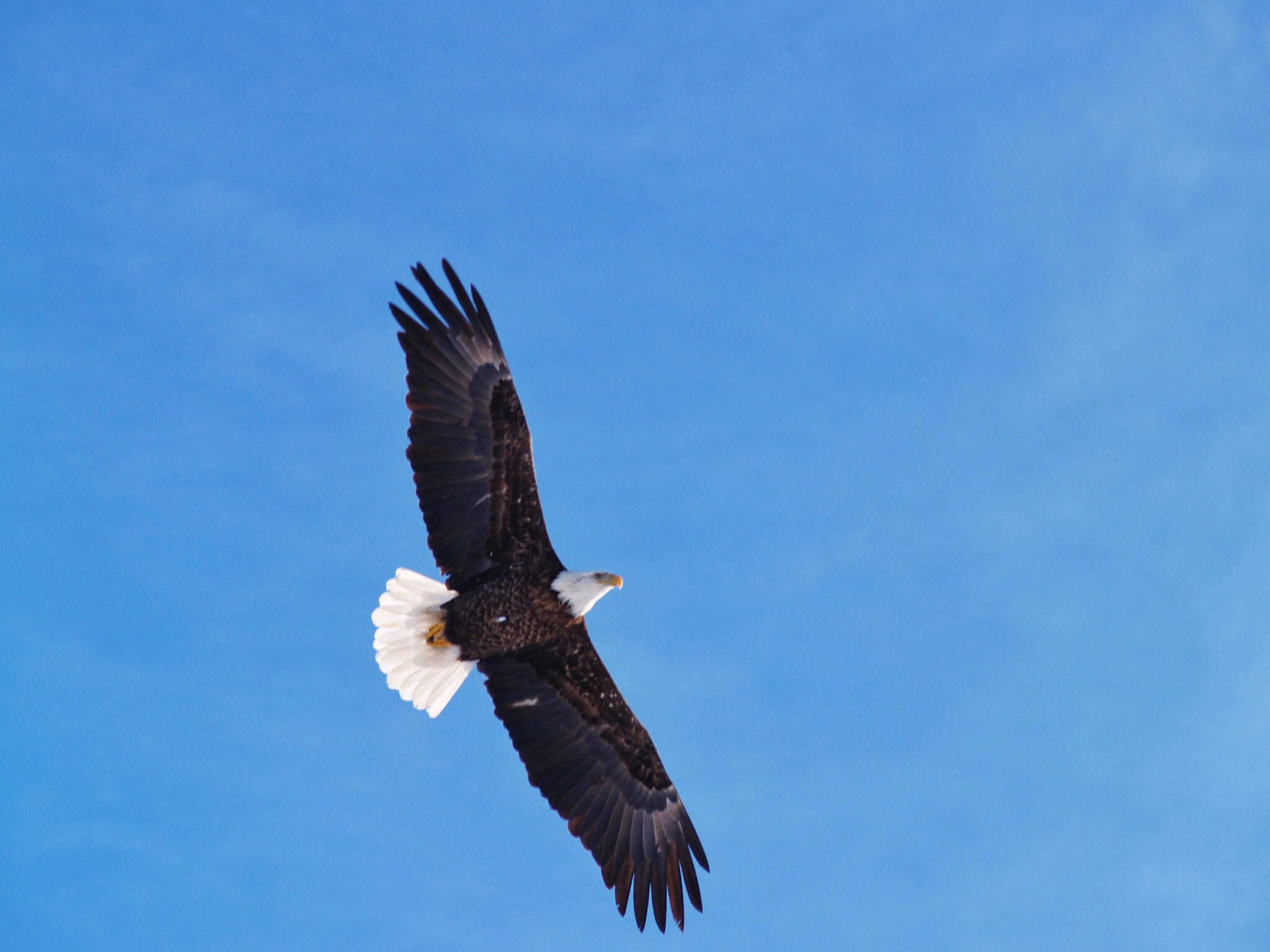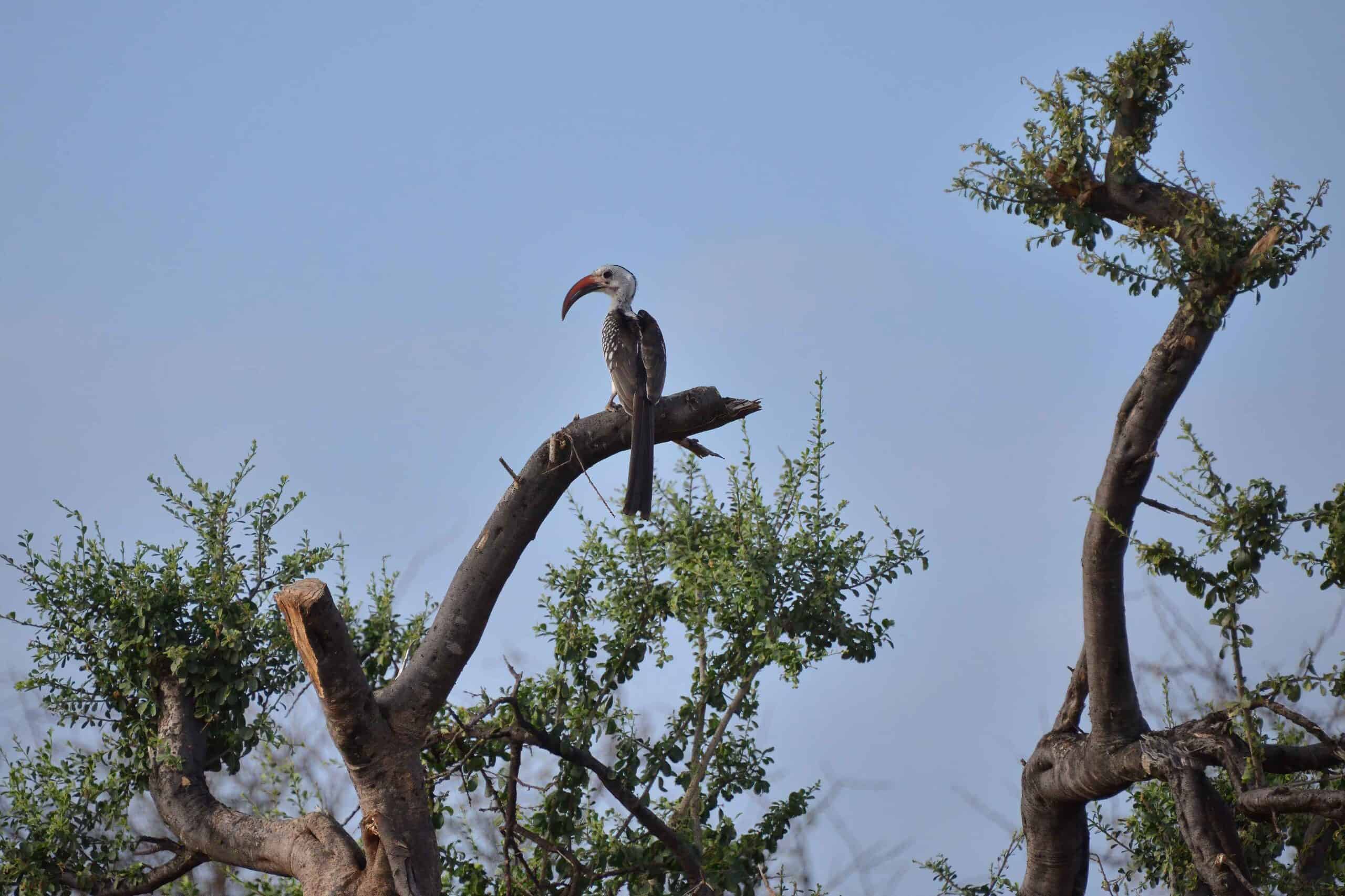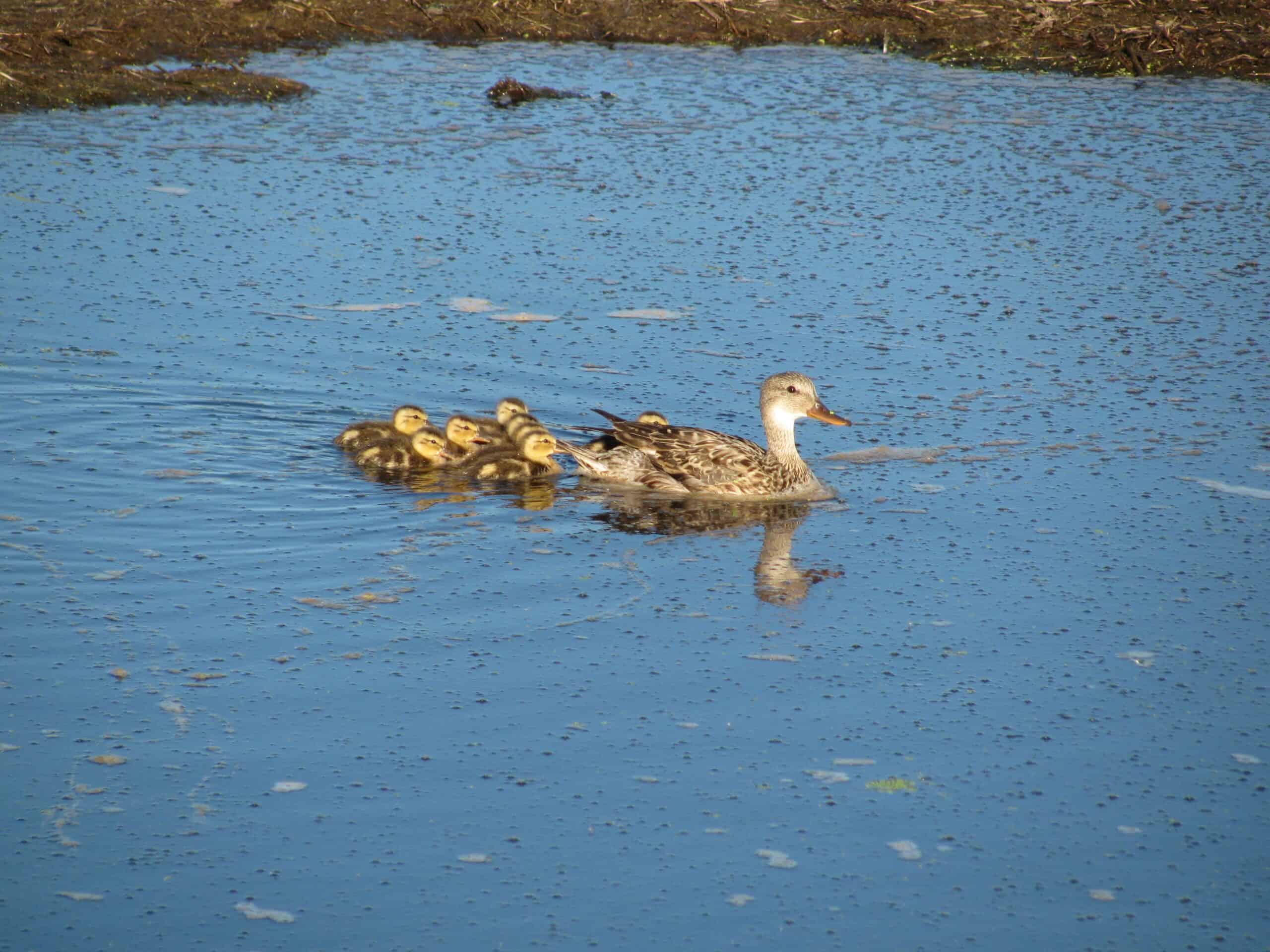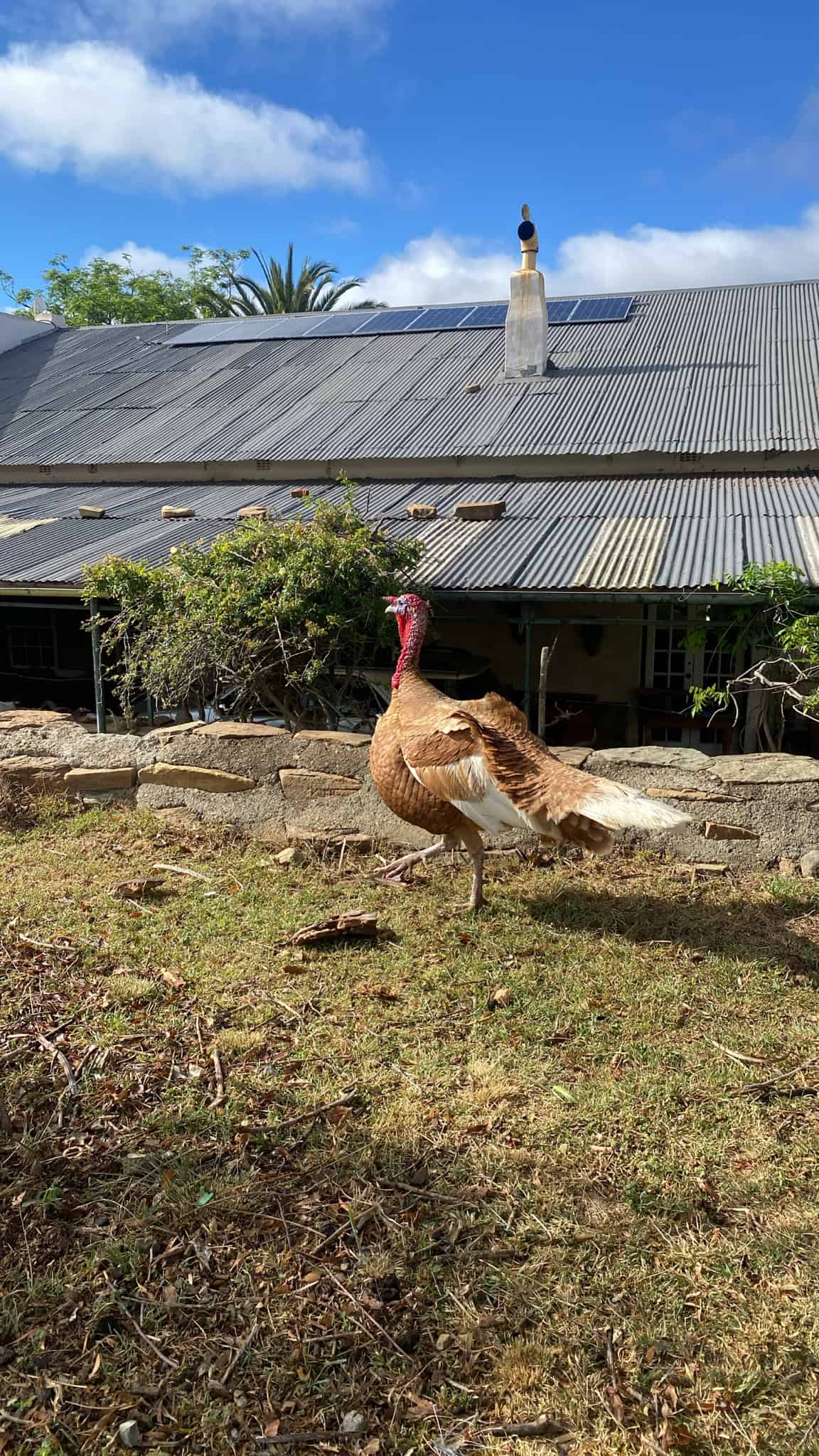Share this article
Wildlife Featured in this article
- American crow
- Bald eagle
- Virginia opossum
- Common raven
- Golden eagle
- American goshawk
JWM: Lead poses biggest risk to eagles
Researchers looked at lead exposure in 14 birds and 17 mammals
Compared to a number of species, bald eagles are most vulnerable to lead poisoning coming from bullets in New York. Fragments from bullets used to hunt species like white-tailed deer (Odocoileus virginianus) are sometimes left in the environment for scavengers like bald eagles (Haliaeetus leucocephalus) to consume. In a study published in The Journal of Wildlife Management, researchers studied the risk of lead exposure in 14 birds and 17 mammals, from American crows (Corvus brachyrhynchos) to Virginia opossums (Didelphis virginiana). They found that bald eagles were the most vulnerable, followed by golden eagles (Aquila chrysaetos), American goshawks (Astur atricapillus), American crows and common ravens (Corvus corax). “A surprising number of species are at risk, and we can use bald eagles to continue to monitor lead issues because they are quite vulnerable,” said TWS member Krysten Schuler, wildlife disease ecologist who directs the Cornell Wildlife Health Lab and co-authored the study, in a press release. “With this list, we’re expanding our lead testing to more species and will think more broadly about lead exposure in these animals over time.”
Header Image: Bald eagles faced the biggest threat from lead bullets in New York. Credit: Michael Scialdone








